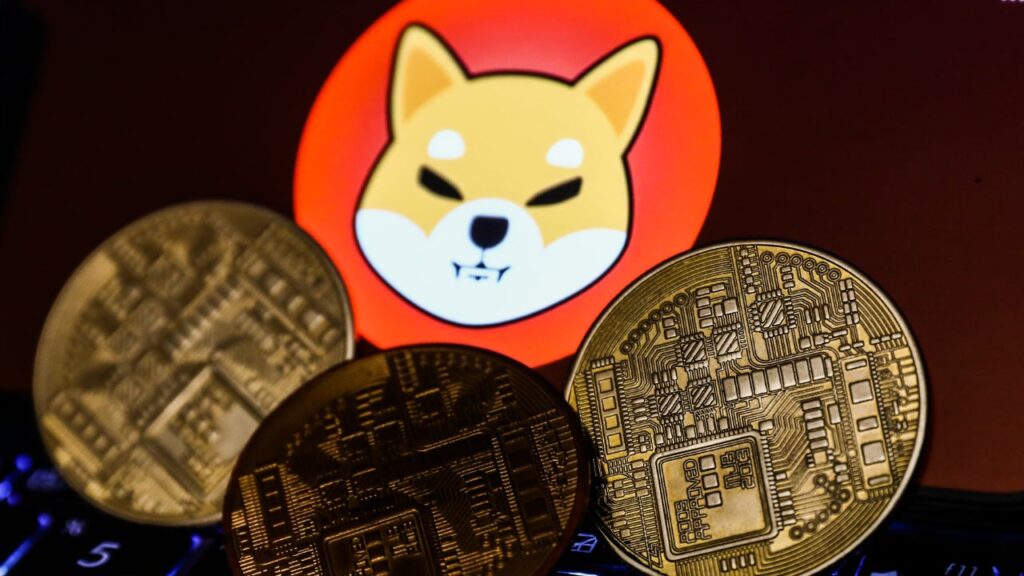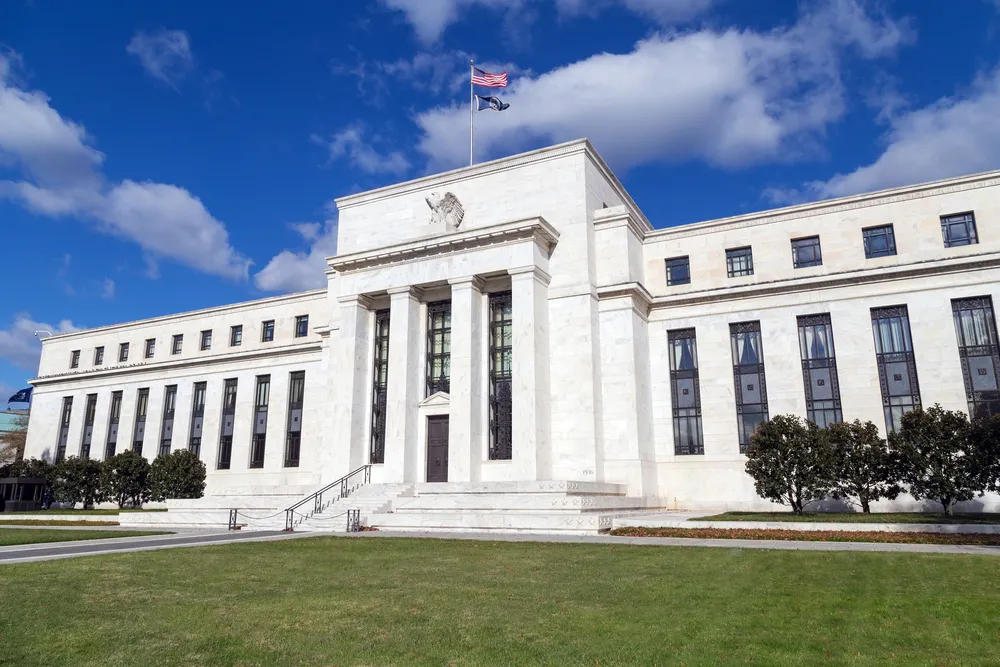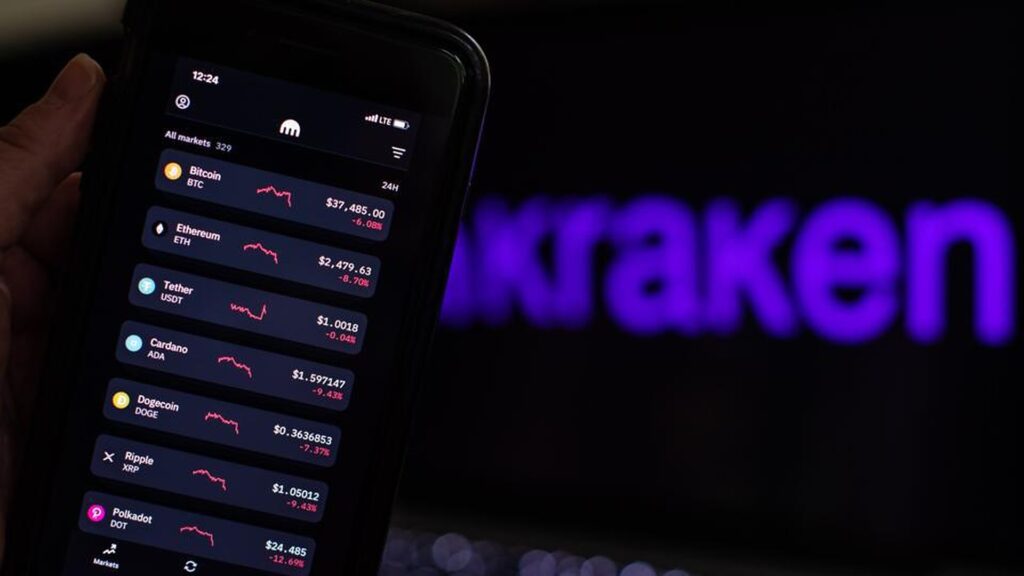Bitcoin (BTC) has been trading within a narrow range in recent days, but its remarkable 84% rally in 2023 remains a significant achievement.
This impressive recovery in Bitcoin’s price has also contributed to the rise of several altcoins, which have experienced substantial gains from their yearly lows.
As the second half of the year commences, the burning question on every investor’s mind is whether the rally will continue.
Data from CoinGlass reveals that since 2013, July has only seen three negative monthly closes, with the largest decline being 9.69% in 2014.
This indicates that the bulls currently have a slight advantage.
The recent surge in Bitcoin and altcoins can be attributed in large part to the hopes surrounding the approval of a spot Bitcoin exchange-traded fund by the United States Securities and Exchange Commission.
However, any negative news on this front could quickly shift the sentiment to bearish, resulting in a significant sell-off.
At present, Bitcoin and select altcoins are displaying strength. Let’s examine the charts of the top five cryptocurrencies that may sustain their upward movement in the coming days.
Bitcoin’s price analysis indicates that it continues to trade near the strong overhead resistance at $31,000.
This suggests that the bulls are not in a hurry to take profits as they anticipate another upward surge.
Typically, a consolidation near a crucial overhead resistance leads to an upward breakout.
The rising 20-day exponential moving average ($29,278) and the positive relative strength index (RSI) indicate that the path of least resistance is upwards.
If the bulls manage to propel and maintain the price above $31,000, the BTC/USDT pair is likely to initiate the next leg of the uptrend.
This bullish momentum may push the price above the immediate resistance at $32,400, potentially propelling the pair further towards $40,000.
On the other hand, if the bears regain control, they would need to sink the price below the 20-day EMA, potentially leading to a decline towards the 50-day simple moving average ($27,622).
Litecoin’s price analysis reveals that it recently surged above the descending channel and broke the overhead resistance at $106 on June 30, signaling the resumption of the uptrend.
Although the bears briefly pulled the price back below the breakout level on July 1, the bulls quickly bought the dip.
If buyers successfully sustain the price above $106, it increases the likelihood of a continued rally. In that case, the LTC/USDT pair could soar towards the overhead resistance zone between $134 and $144.
However, a slip and sustained price drop below $106 would indicate that bears are selling at higher levels, potentially leading to a decline towards the psychological level of $100 and the breakout level from the channel.
Monero’s price analysis suggests that it rose above the downtrend line on June 23, invalidating the developing descending triangle pattern.
This failure of the bearish pattern often results in a short squeeze, as seen in the XMR/USDT pair’s surge from $150 on June 23 to $171 on June 27.
After the sharp rally, the price has been consolidating between $171 and $160.
This consolidation indicates that the bulls are holding their positions, anticipating another upward move.
If buyers manage to push the price above $171, the pair may initiate the next leg of the up-move, potentially skyrocketing to $187.
However, a drop back below the 50-day SMA ($149) would suggest bearish control.
Aave’s price analysis indicates that the pair has been trading within a descending channel pattern for several weeks.
However, recent price action suggests a change in sentiment, as the bulls are now buying on dips instead of selling during rallies.
The repeated retests of the resistance line weaken it over time. The rising 20-day EMA and the positive RSI indicate an upside bias.
If buyers successfully propel and maintain the price above the channel, the AAVE/USDT pair may embark on a new upward move towards $84.
On the downside, the 20-day EMA serves as crucial support, and a break below it may prolong the pair’s time inside the channel.
Maker’s price analysis reveals that the pair is attempting to start an upward move.
The recent dip to the moving averages between June 24 and 28 indicated demand at lower levels. The rising 20-day EMA and the overbought RSI favor the bulls.
However, the strong selling pressure observed at higher levels suggests caution.
If buyers manage to break above the downtrend line, the MKR/USDT pair may rally towards $979.
On the other hand, a drop below $772 would indicate weakness and potentially lead to a deeper correction towards the 20-day EMA.
In conclusion, Bitcoin and select altcoins are currently displaying strength in their price movements. While Bitcoin is trading near a crucial resistance level, the charts suggest an upward bias.
Litecoin, Monero, Aave, and Maker also show positive signs, but caution is advised as there may be some resistance at higher levels.
Traders and investors should closely monitor these cryptocurrencies to assess their potential for continued upward movement or a shift in market sentiment.
Other Stories:
U.S. Federal Reserve Certifies 57 Companies to Utilize ‘FedNow’ Instant Payments System









